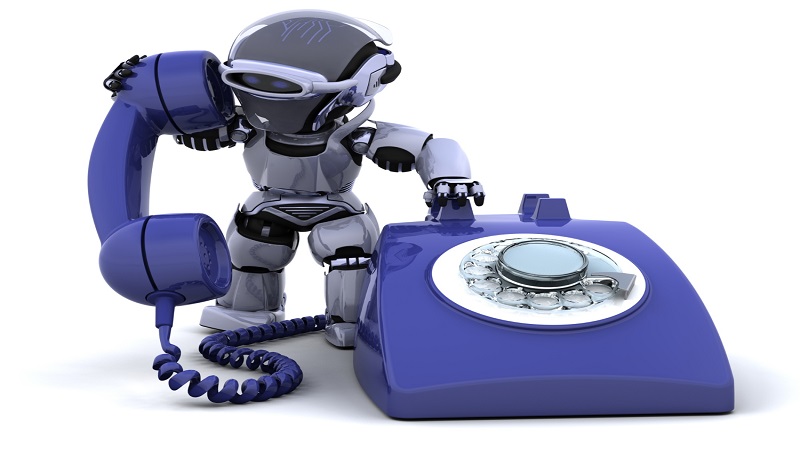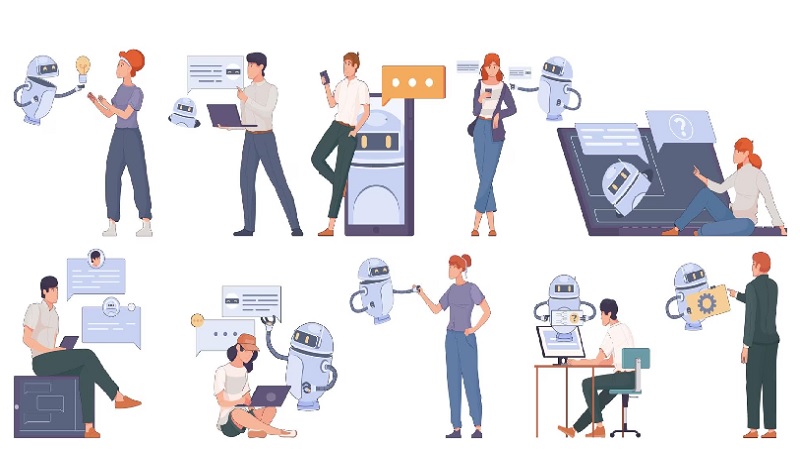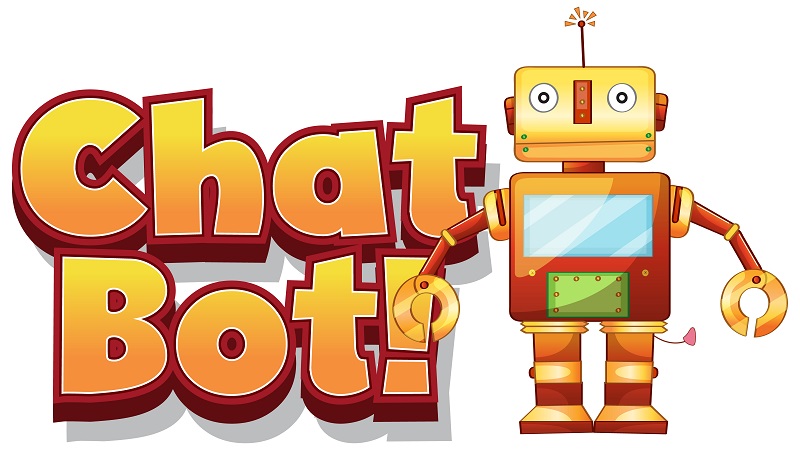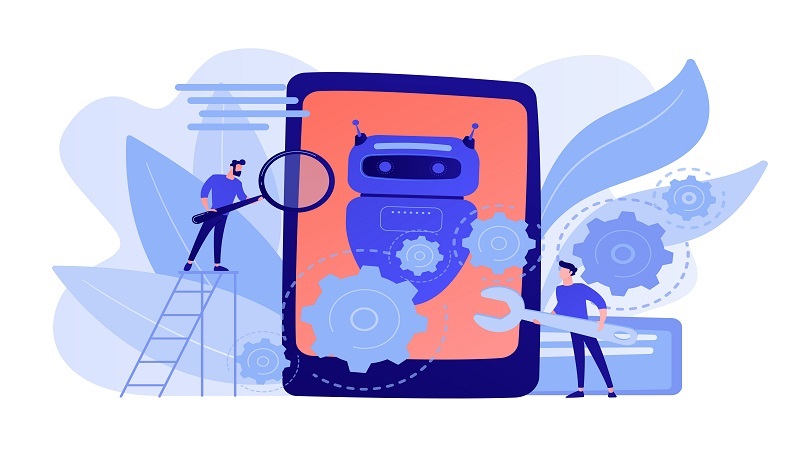In recent years, chatbots have emerged as powerful tools in the healthcare industry, transforming the way patients access information and receive assistance.
With the advent of AI-powered chatbots, healthcare providers can offer rapid and efficient support to patients, improving overall healthcare delivery.
Immediate Access to Medical Information One of the primary advantages of chatbots in healthcare is their ability to provide immediate access to medical information.
Patients can interact with chatbots to inquire about symptoms, medications, or general health advice.
Customer support has passed through a large transformation, way to the mixing of chatbots.
These AI-powered digital assistants have revolutionized the manner groups engage with their customers, supplying a greater green and handy manner of support. In this article, we discover the function of chatbots in customer support and the way they may be improving the general purchaser experience.
24/7 Availability One of the important thing blessings of chatbots in customer support is their round the clock availability.
Chatbots have come a long way since their inception and are now at the forefront of technological innovation. This article focuses on current developments and trends in the world of chatbots.
Integration of Artificial Intelligence (AI) One of the most significant advancements in chatbot development is the integration of artificial intelligence (AI).
Modern chatbots utilize deep learning algorithms and advanced language models to understand and respond to user queries. This approach enables them to provide more accurate responses and personalize user experiences.
Definition of ChatbotsChatbots, also known as virtual agents or virtual assistants, are computer programs designed to interact with people in conversations.
These digital entities can answer questions, provide assistance, perform specific tasks, and even simulate human-like conversations. What sets it apart from other applications and automated systems is its ability to interpret the user’s natural language and respond in a consistent manner.
The Role of ChatbotsOne of the key tasks of chatbots is to facilitate and improve user experience in various areas.
Rule-Based Chatbots The first type of chatbot to consider is a rule-based chatbot.
These chatbots operate according to predefined rules and specific instructions. They are designed to provide answers based on pre-programmed commands or questions. They are not as flexible as machine learning chatbots, but they are effective in scenarios where conversations are standardized and predictable.
Machine Learning Chatbots Machine learning chatbots, on the other hand, use algorithms and natural language models to understand and respond to user questions.
Choosing the PlatformChoosing the right platform for chatbot development is an important step in the development process.
There are various platforms available, each with their own set of features. Popular options include dedicated chatbot development platforms such as Facebook Messenger, Slack, Dialogflow and Microsoft Bot Framework.
The Development ProcessThere are several stages in the chatbot creation process.
First, define your bot’s goals and capabilities.
Developers then program the chatbot’s reactions and behaviors, often using programming languages such as Python and JavaScript.





